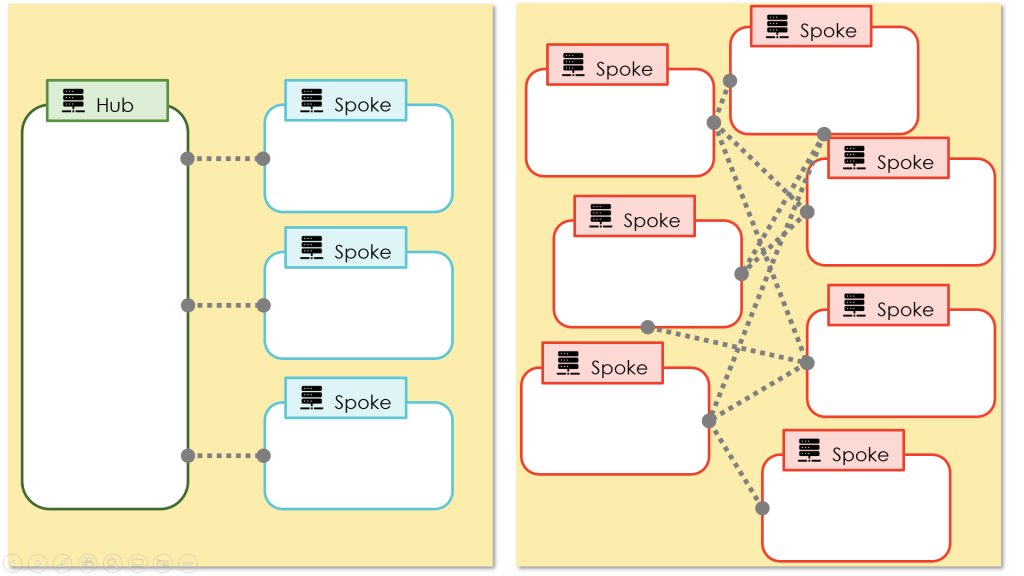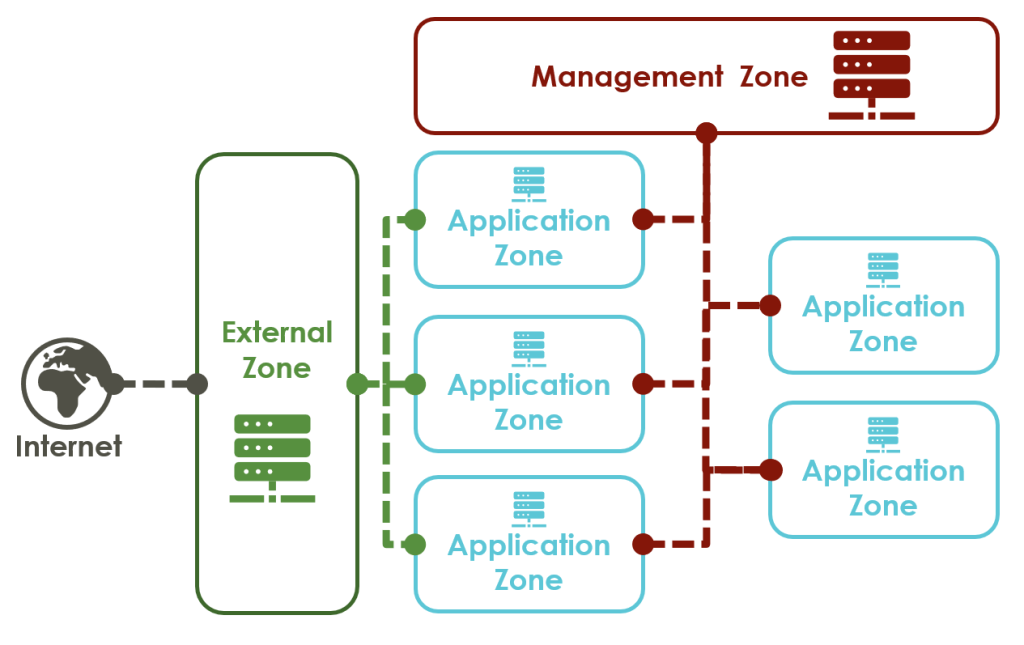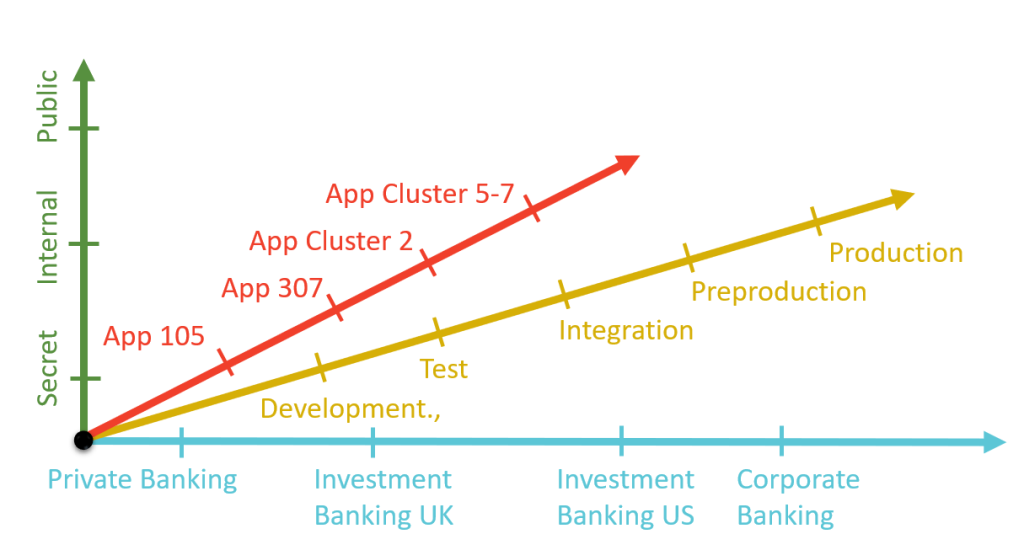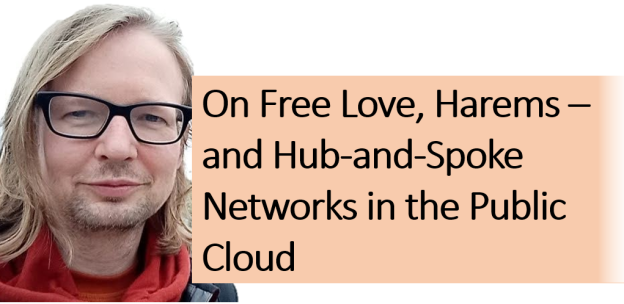Ever wondered how large corporations design their networks in the cloud? The hub-and-spoke pattern is probably the most important to understand their on-prem and cloud network designs, no matter whether an IT department runs on GCP, AWS, Azure, or any other cloud provider.
Mesh is the “free love” vision transferred to enterprise network designs, whereas the hub-and-spoke pattern implements more of a harem concept. But to start with the big picture: The focus is not on individual applications. Network design looks at how to organize connectivity and isolation for networks with hundreds or even thousands of applications. These applications serve business needs, such as SAP or self-developed insurance solutions. The design must consider as well technical or security-related applications such as Web Application Firewalls, IAM services, Messaging Middleware, or Data Loss Prevention solutions.
Hub-and-Spoke vs Mesh Network
The first aspect is zoning. IT department group their resources. VMs belonging to an HR application might be separated from air traffic control systems. They are in two separate zones. Network design patterns define how such zones interact, i.e., which zones have connectivity and can interact directly with which other. When looking at concepts, two patterns are particularly important: the mesh network pattern and the hub-and-spoke pattern (Figure 1).

A hub-and-spoke network is hierarchical. One zone is the hub. It connects with every other zone – the spokes. It is a classic 1-to-n relationship known from harems. Resources in two separate spokes zones always interact via the hub. A mesh network builds on the free-love-idea: every zone can interact with every other zone (and zones might forward traffic to other zones in the absence of direct connectivity).
Why Hub-and-Spoke Patterns are Popular
Mesh networks (and free love) cause a mess if relationships and connectivity are not tightly managed. In contrast, the hierarchical model of hub-and-spoke networks allows for centralized governance and operations of components and eases controlling the network traffic flow.
Routing all traffic to and from the internet through one hub zone eases control and security. In this zone, DDoS protection, the (network-) data-loss-prevention solution, and other critical internet-connectivity-related applications must run. Then, perimeter security is in place for the complete data center.
One dedicated zone with internet connectivity also eases setting up web application firewalls (WAFs), which usually require integration with an IAM solution. Having both in dedicated central zones is much easier than having WAFs in ten zones and IAM solutions in seven.
Centralizing components in a hub is useful beyond internet connectivity: (Azure or on-prem) Active Directories, messaging middleware, application performance monitoring, and many more benefit from centralization. This insight does not mean building one monolithic hub with all centralized applications. Enterprise-scale networks can have several hubs, e.g., one serving as a management zone with monitoring and another for internet connectivity (Figure 2).

Grouping Criteria for Zoning
Zones are groups of (cloud) resources, e.g., VMs, isolated from other resources and VMs in other zones. The grouping criteria differ between organizations, companies, and departments. Typical grouping criteria are (Figure 2):
- Applications or groups of applications forming one solution
- Stages such as Production, Preproduction, Integration, Test, and Development.
- Teams or departments managing the resources and potentially following different change management processes
- Sensitivity of the data of applications

Cloud Features for Implementing Zones
Cloud providers do not offer a “zone” or a “hub-and-spoke network” feature. They provide sophisticated building blocks for structuring workloads and networks. Tenants, Virtual Private Clouds (VPCs), and Subnets are features for organizing networks and resources hierarchically. AWS, Azure, GCP, and all the others provide routing tables for – well – routing. Access Control Lists and Network Security Groups (the exact names differ between the clouds) enable engineers to implement firewalls for blocking or allowing specific network traffic. The clouds come with Internet Gateways, NATs, etc. Everything is ready for you to implement effective and secure network designs. However, whether you do that and how many free-love-like connections you allow is up to you and all other network architects of the world.
